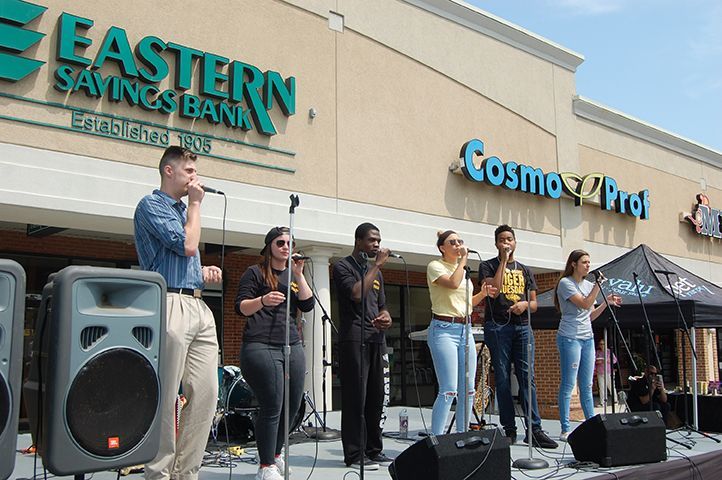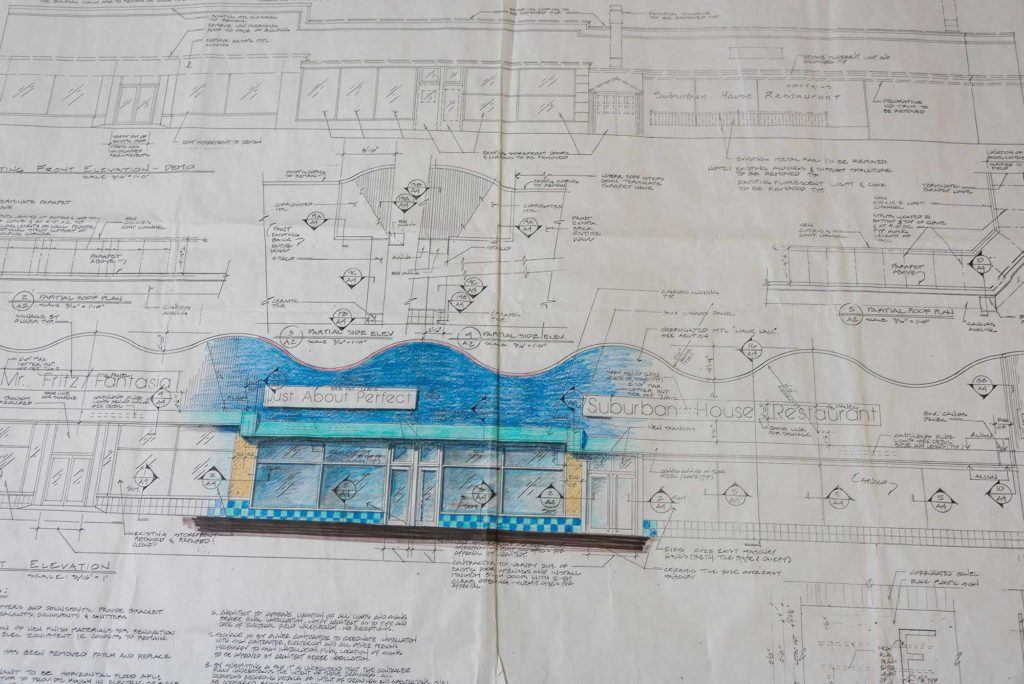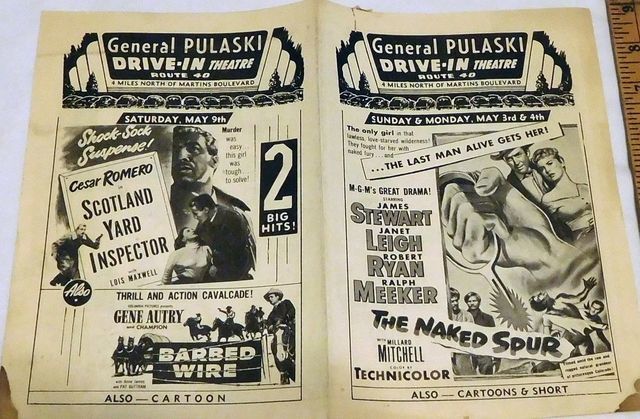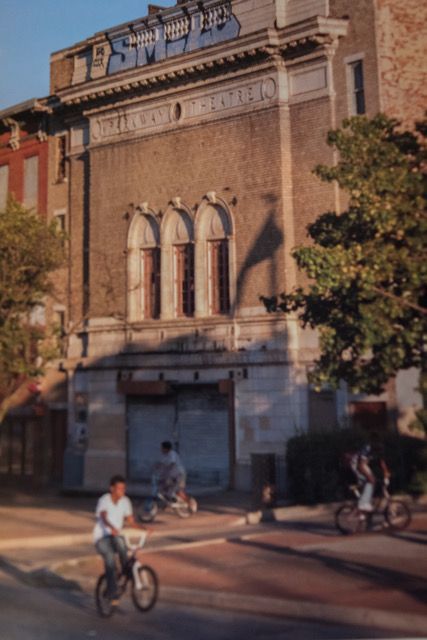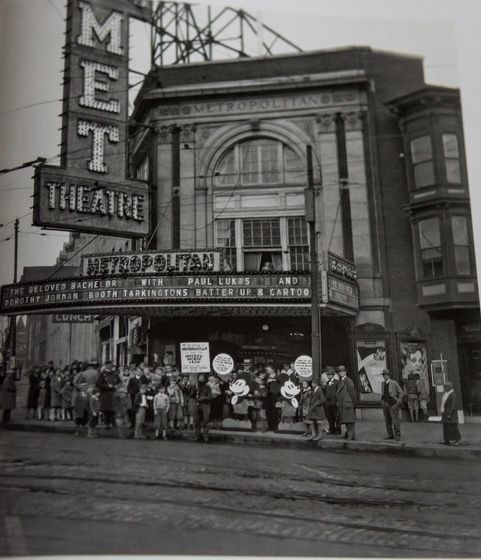Our History
Schwaber Company History
Cold Spring Shopping Center, which was redeveloped in 2015, is sold. Fully occupied at the time of sale, the asset traded in a 1031 exchange, as per Schwaber’s strategy to upgrade and reposition its commercial portfolio.
As part of a capital recycling program, Schwaber Holdings sells Pikes Village, which was redeveloped in 2013 with long-term leases with Sherwin-Williams and Leslie’s Pool Supplies.
2010: The Cecilia Schwaber Trust dissolves, and Schwaber Holdings is formed. 2011: Schwaber Holdings hires Mark Renbaum as its CEO, working with the board 2013: Pikes Village is developed, anchored by Sherwin Williams and Leslie’s Pools. 2014: 6300 York Road is renamed Gittings Marketplace, and expands with the addition of Zoe’s Kitchen and Supercuts. 2015: Cold Spring Shopping Center is redeveloped, anchored by a new 9,000 SF Family Dollar. 2016-2018: Schwaber pursues redevelopments and expansions at the former Pulaski Drive-In and Linden theater sites.
2004: Schwaber passes to its third generation of leadership as Rick and Mark Wagonheim and Dr. Jeffrey Gaber form a Board of Directors to work alongside existing Trustees. 2005: Yorkridge Shopping Center is redeveloped, anchored by a new 88,000 SF Kohl’s Department Store. 2006: 6300 York Road is torn down, and replaced with a new 25,000 SF community center, anchored by Eckerd’s Drug Store, Pei Wei, and other popular choices. 2007: Granddaughter, Jane Gaber Rose joins the Board of Directors.
1981: Mr. Schwaber passes away, and the Schwaber interests are managed by the Cecilia Schwaber Trusts. 1982: Schwaber exits the movie theater business upon Mr. Schwaber’s death. Yorkridge 1 and Yorkridge 2 is leased to JF Theatres. 1983: Yorkridge 1 and Yorkridge 2 is converted into a four-screen theatre, becoming the “Yorkridge 4”. The Theater is taken over by Loews Cineplex in the late 1980s and eventually closes in January 2000. It was demolished in mid-2004. 1984: Property Manager, Mark Wagonheim, leads Yorkridge’s 20,000 square foot expansion of new retail space.
1971: Schwaber Companies moves to Pikesville from North and Pennsylvania Avenues. Schwaber acquires a small retail strip in Pikesville, which is home to the Suburban House restaurant. 1973: Opens MiniFlick I and II, a neighborhood movie theater in the heart of Pikesville, with two, twin, 150 seat auditoriums, offering its patrons an “intimate” movie-going experience, mirroring its sister theater, The 7-East. 1976: Forms E&M Investments, which combines Mr. Schwabers’s initial gas station investments into a single holding company. E&M Investments is named after daughters Ellen Gaber and Myra Wagonheim. 1977-1979: Begins to divest some of the holdings as Mr. Schwaber’s health begins to decline.
1961: Purchases Foxleigh Nursing Home in Reisterstown, Maryland, and builds an assisted living business that eventually goes public on the American Stock Exchange. 1961: Purchases 22 acres in Owings Mills and opens The Valley Drive-In Movie Theater, which later becomes Valley Centre Shopping Center. 1962-64: Yorkridge Shopping Center opens, anchored by A&P Grocery Store and Maryland’s first multi-screen movie theater Yorkridge I and Yorkridge II, with a combined 1300 seats. 1964: The 7-East Movie Theater opens, The World Fare Cinemas and newest film exhibition concept – the “mini” movie theater, and the company’s fourth Art House Theater is born. 1969: “Wagonheim vs. Maryland State Board of Censors” goes to the Supreme Court of the United States, and denies The World Fare Cinemas contract to exhibit the controversial Swedish film “I am Curious (Yellow)” at The 7 East. Mr. Wagonheim and Mr. Schwaber asserted freedom of speech rights since the film was playing in New York, Philadelphia and Washington DC’s art-house cinemas, in its entirety. The Supreme Court votes 4 to 4 with one abstention and The Swedish film never plays in its entirety in Maryland. The World Fare Cinemas never exhibits the film and a decade later, the Maryland Censor Board is disbanded.
1956: “Boots” Wagonheim spearheads the acquisition of The Parkway, and re-brands it as an art-house theater called “The 5-West”. 1957: Develops 6 acres at (6300) York Road and Gittings Avenue, a neighborhood community strip center anchored by A&P Grocery Store. The shopping center is redeveloped nearly 50 years later, and is now known as Gittings Marketplace. 1959: Purchases 26 acres in Baltimore County at the corner of Ridgley and York Roads, and develops Baltimore’s first shopping center on York Road located outside the Beltway. The shopping center will be named Yorkridge Shopping Center after the two streets for which it is situated -York and Ridgely Roads. 1959: Opens Maryland’s first FM-stereo radio station, which was an experimental station designated as W3XMB, and later began licensed operation as WITH-FM, later known as WBSB (B104 FM).
Early 1950’s: Milton Schwaber’s son-in-law, Howard “Boots” Wagonheim rebrands Schwaber Theaters as “The World Fare Cinemas”, and opens Baltimore’s first art-house cinemas featuring first-run foreign films while serving coffee, cappuccino and biscotti (instead of Coke and Popcorn). Wagonheim expands Schwaber’s art-house presence by transforming The Homewood into The Playhouse (1951) and The Linden into The Cinema (1955). 1951: The World Fare Cinemas opens the Pulaski Drive-In on a 34-acre lot in Northeastern Baltimore County. The World Fare Cinemas will eventually grow to a 13-theater chain offering its patrons first-run foreign films, drive-ins, and neighborhood family theaters. 1954: Purchases 4 acres at the corner of East Cold Spring Lane and Loch Raven Boulevard featuring Cold Spring Shopping Center, a neighborhood community shopping center, and the Enoch Pratt Free Library. 1956: Purchases a series of adjacent lots on East Cold Spring Lane, leasing to a combination of gas stations and retailers.
Library of Congress, Motion Picture Division, LaFalce Exploitation Collection, Box G51 1940s: Schwaber expands into the film exhibition business by building a chain of neighborhood movie theaters, starting with the Apex Movie Theater (1942); Homewood Movie Theater (1946); Paramount Movie Theater (1947); and the Metropolitan Movie Theatre (aka “The Met”) (1949) – The first ever to integrate. 1948: Milton Schwaber acquires the Paca Pratt Building in Baltimore City – a former clothing factory that eventually housed the fledgling Social Security Administration until 1960 when its headquarters opened in Baltimore County.
1938: Milton Schwaber enters the film exhibition industry, building his first movie theater- The Linden, which is located on West North Avenue in Baltimore City.
Late 1920s – 1930s: Milton Schwaber founds Schwaber Properties by purchasing small lots in and around Baltimore City, and becoming one of the first Landlords to gas station operators in the City of Baltimore. 1926: Moves office to North and Pennsylvania Avenues



